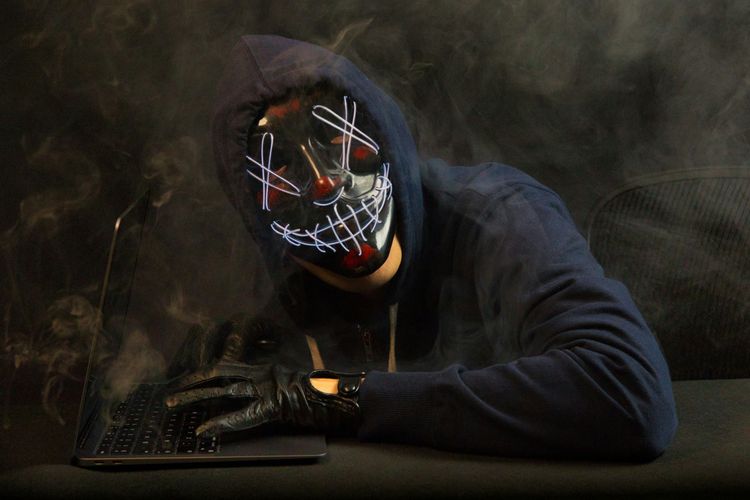Why You Should Use Multifactor Authentication
Discover the key reasons to implement MFA, including enhanced security, protection against phishing, and compliance with industry regulations.

In an era where cyber threats are becoming more sophisticated and prevalent, protecting your digital identity is no longer optional—it’s a necessity. Multifactor Authentication (MFA) has emerged as one of the most effective methods to secure accounts and protect sensitive information from unauthorized access. But why is MFA so essential, and why should you use it?
Understanding the Threat Landscape
Every day, millions of online accounts are compromised due to weak or stolen passwords. Hackers use various methods, such as phishing, credential stuffing, and brute force attacks, to exploit vulnerabilities in password-only authentication systems. Even strong passwords are not immune—once a password is exposed in a data breach, all accounts using the same password become vulnerable.
MFA addresses this problem by adding an extra layer of security. Instead of relying solely on a password, MFA requires additional verification steps that significantly reduce the chances of unauthorized access. This layered approach ensures that even if one factor (like your password) is compromised, the attacker still cannot access your account.
Key Reasons to Use Multifactor Authentication
- Enhanced Security: MFA significantly reduces the risk of cyberattacks by requiring multiple verification factors. For example, even if a hacker obtains your password, they would still need access to your phone, fingerprint, or a physical security key to log in.
- Protection Against Phishing Attacks: Phishing scams are one of the most common methods used to steal login credentials. MFA mitigates this risk by ensuring that a stolen password alone isn’t enough to gain access.
- Compliance with Regulations: Many industries, including healthcare, finance, and e-commerce, have stringent security requirements. MFA is often a mandatory component of compliance with regulations like GDPR, HIPAA, and PCI-DSS. By implementing MFA, businesses can avoid penalties and maintain regulatory compliance.
- Safeguarding Personal and Financial Information: MFA is not just for businesses. It’s an essential tool for protecting personal accounts, such as email, social media, and online banking. With cybercriminals targeting individuals more frequently, MFA provides an added layer of defense.
- Cost-Effective Security Solution: While no security measure is completely foolproof, MFA is a relatively low-cost solution that offers significant protection. The potential costs of a data breach—financial losses, reputational damage, and legal fees—far outweigh the investment in implementing MFA.
- Building Trust with Customers: For businesses, adopting MFA shows a commitment to protecting customer data. This builds trust and enhances the overall user experience, as customers feel more confident that their information is secure.
Common Scenarios Where MFA is Essential
- Email Accounts: Email is often the gateway to other accounts. With MFA, even if someone steals your email password, they won’t be able to log in without the second factor.
- Online Banking and Payment Platforms: Financial accounts are a prime target for cybercriminals. MFA adds a crucial layer of protection to prevent unauthorized transactions.
- Corporate Systems: For businesses, MFA ensures that only authorized employees can access sensitive systems and data, especially in remote work environments.
- Social Media: Protecting your social media accounts with MFA prevents hackers from gaining control of your online identity.
Overcoming Barriers to Adoption
Some people hesitate to use MFA because they believe it’s inconvenient or difficult to set up. However, modern MFA solutions are designed to be user-friendly and seamless. Push notifications, biometric authentication, and one-time passcodes make the process quick and easy. Additionally, many platforms now offer step-by-step guides for enabling MFA, making it accessible even for non-technical users.
Taking the First Step
Implementing MFA is a straightforward process. Most major platforms, including Google, Microsoft, Facebook, and Apple, provide MFA options. Start by enabling MFA on your most critical accounts—email, financial services, and cloud storage. From there, expand to other accounts and encourage your workplace to adopt MFA for business systems.
Conclusion
Multifactor Authentication is no longer a luxury—it’s a necessity in today’s digital world. By requiring multiple forms of verification, MFA significantly enhances security, protects against common threats, and ensures peace of mind. Whether you’re an individual looking to secure personal accounts or a business aiming to safeguard sensitive data, MFA is the cornerstone of a strong cybersecurity strategy. Don’t wait until it’s too late—implement MFA today and take control of your digital security.

